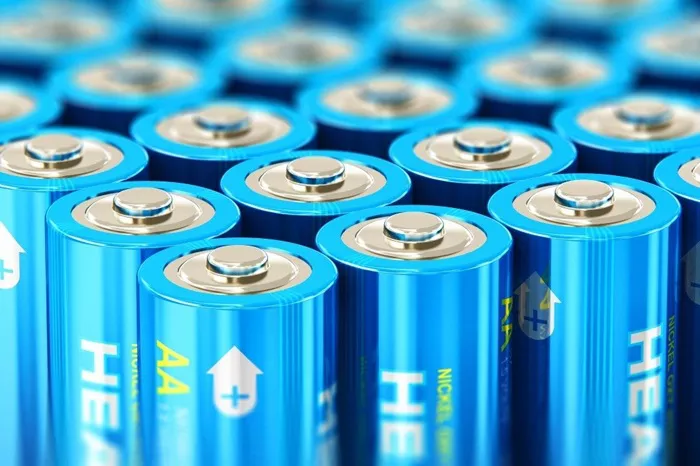The lithium-ion battery binders market was valued at USD 2.29 billion in 2024. It is projected to grow significantly and reach USD 8.51 billion by 2032. This represents a compound annual growth rate (CAGR) of 17.85% from 2025 to 2032.
Growth Driven by Electric Vehicles and Energy Storage Needs
The market is expanding rapidly due to the rising use of electric vehicles (EVs), growing energy storage demands, and stricter environmental regulations. From 2022 to 2024, the U.S. Department of Energy invested more than USD 2.8 billion to boost domestic production of battery binders. There is also a clear shift toward water-based binder technologies. Companies like Solvay and BASF are investing in advanced materials such as PVDF (polyvinylidene fluoride) and SBR (styrene-butadiene rubber) binders. Production volumes are expected to increase by 160% by 2030, indicating strong market growth.
U.S. Market Overview
In 2024, the U.S. lithium-ion battery binders market is valued at approximately USD 333.9 million. It holds a 71% share of the global market. Growth in the U.S. is largely driven by EV incentives under the Inflation Reduction Act. Innovation from companies like 3M and Celanese in PVDF-based binders is helping improve battery performance, energy density, and lifespan. These advances support expanding applications in electric vehicles, electronics, and energy storage systems.
Market Segmentation by Type
In 2024, cathode binders accounted for 54.1% of the lithium-ion battery binders market. This segment leads due to the increasing demand for high-energy-density batteries in EVs and portable electronics. Cathode binders improve battery stability and electrochemical performance, which are essential for high-capacity batteries. Companies such as BASF and Arkema have introduced new cathode binders that enhance battery life and safety. The rising use of nickel-rich cathodes in EV batteries further drives demand for cathode binders.
Market Segmentation by Material
PVDF binders dominated the market in 2024 with a 39.5% share. This is due to PVDF’s strong chemical resistance, thermal stability, and excellent adhesion. These properties help maintain electrode integrity during battery charge and discharge cycles. Major battery makers like Tesla and LG Energy Solution rely heavily on PVDF-based binders. Ongoing research and development on PVDF copolymers are expanding their use, supporting this material’s leadership in the market.
Market Segmentation by Application
Electric vehicles are the largest application segment, holding 47.6% of the market share in 2024. The fast growth of the EV industry drives demand for durable, high-performance batteries. These batteries require advanced binders to improve safety and extend battery life. Automakers like Ford and General Motors have increased EV production, boosting binder demand. Additionally, government subsidies and emission regulations encourage more EV adoption, making this the dominant application for battery binders.
Regional Market Insights
Asia Pacific led the global lithium-ion battery binders market in 2024 with a 48.2% share. The region is a key manufacturing hub for lithium-ion batteries. Countries like China, Japan, and South Korea host major producers such as CATL, Panasonic, and LG Chem. These companies invest heavily in binder research to improve battery performance for EVs and consumer electronics. Supportive government policies, strong infrastructure, and a growing EV market further increase binder consumption. Access to raw materials and competitive production costs also strengthen Asia Pacific’s market position.
Recent Developments
In June 2025, BASF expanded its U.S. production of Licity anode binders. This move aims to improve EV battery performance and strengthen the local supply chain.

